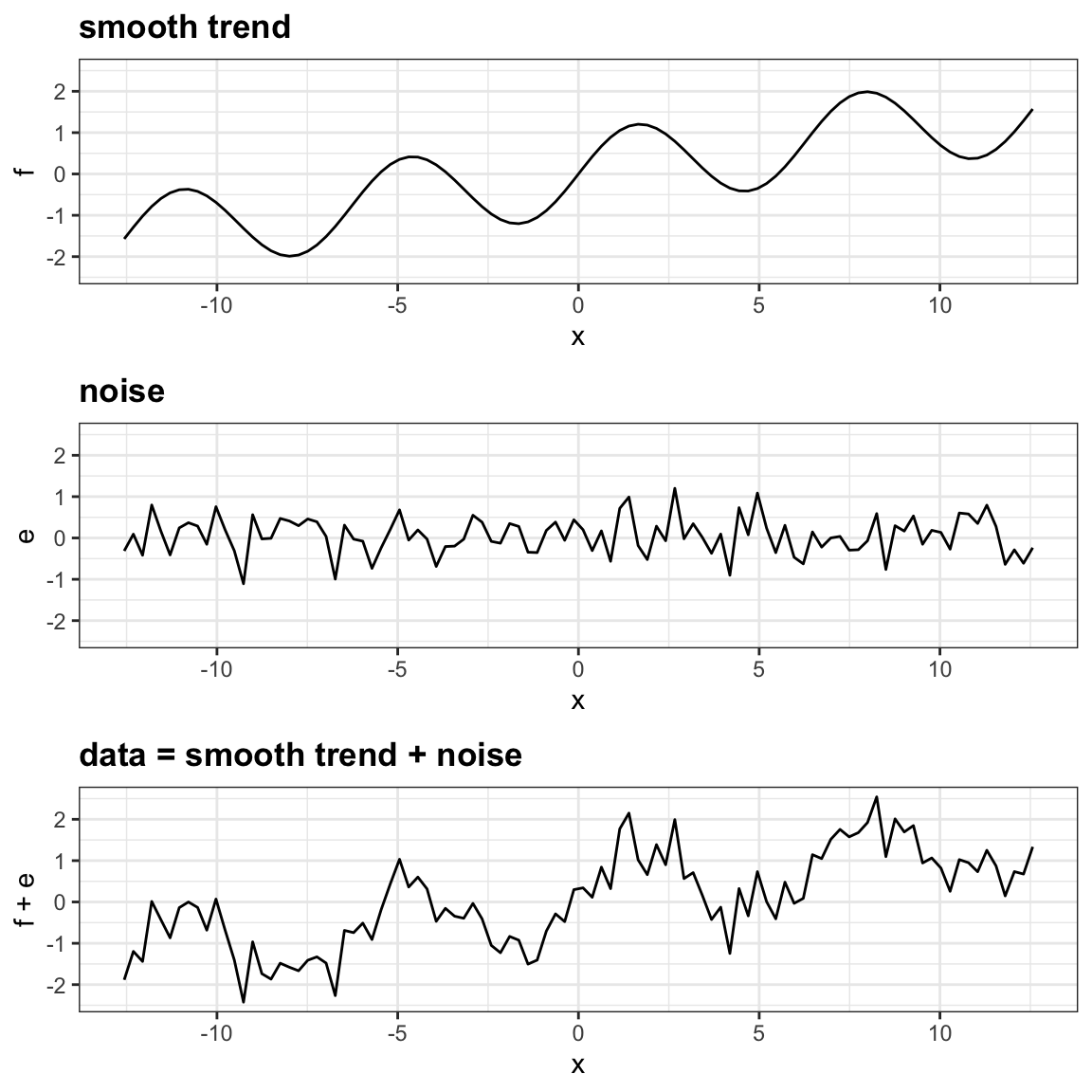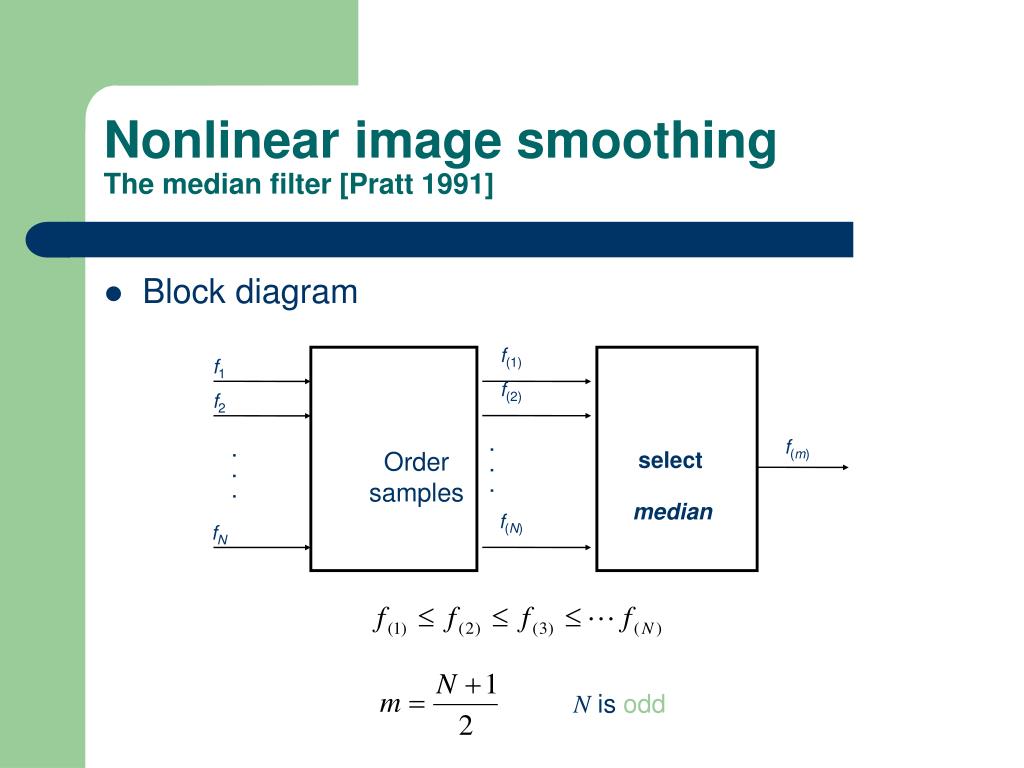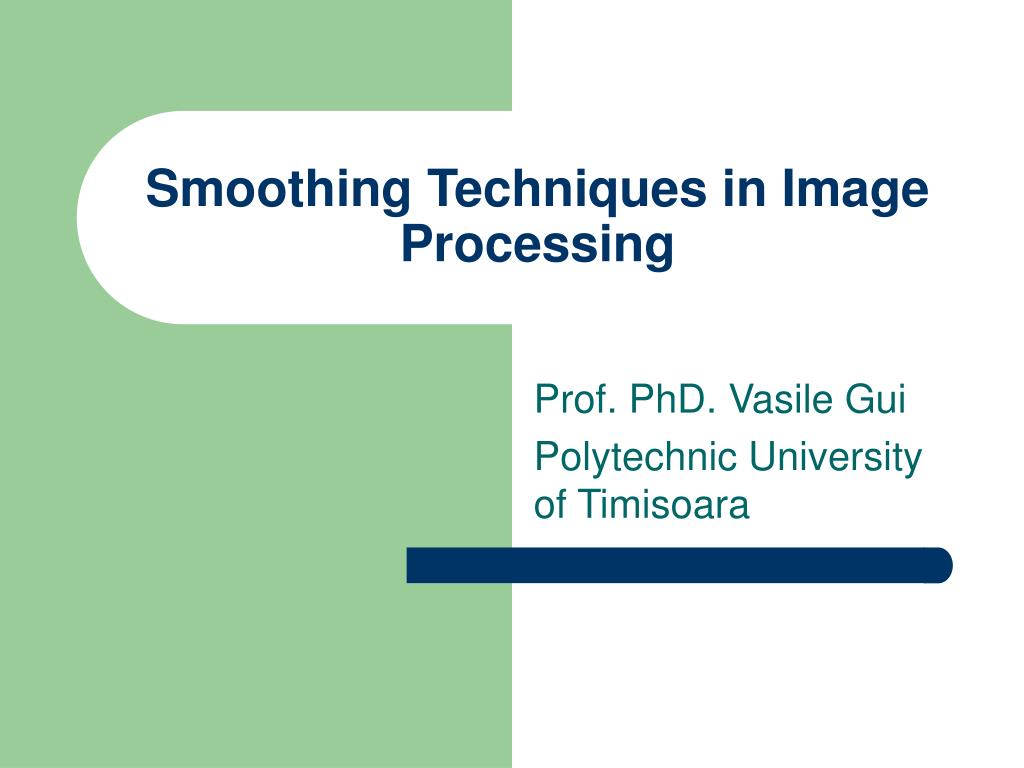Cool Info About What Are The Smoothing Techniques Plot Line Bokeh

Understanding types of smoothing techniques.
What are the smoothing techniques. Analytic solver data science features four different smoothing techniques: There are two distinct groups of smoothing methods. The random method, simple moving average, random walk, simple exponential, and exponential moving average are some of the methods used for data smoothing.
It has since become one of the most widely used methods for forecasting. There are 3 different smoothing methods to use in different 3 cases: The aim of smoothing is to give a general idea of relatively slow changes of value with little attention paid to the close matching of data values, while curve fitting concentrates on achieving as close a match as possible.
The technique was first introduced by robert goodell brown in 1956 and then further developed by charles holt in 1957. Exponential and moving average are relatively simple smoothing techniques and should not be performed on data sets involving seasonality. Smoothing is a powerful method that is used across data analysis.
Single exponential smoothing (ses) double exponential smoothing (des) triple exponential smoothing. This process involves separating out fluctuations in the data that recur in the same month every year (seasonal factors). They use weighted averages of past observations to forecast new values.
Data smoothing in data science is a statistical technique for removing outliers from datasets so that patterns can be seen more clearly. Thus, as observations get older in time, the importance of these values get. What are exponential smoothing methods?
This technique, when properly applied, reveals more clearly the underlying trend, seasonal and cyclic components. This approach enhances the signal's reliability and reduces noise, providing traders with a more refined and actionable indicator. Insanely fast smoothing and interpolation in just a few lines of python or rust code
Data smoothing is a statistical technique used to remove noise or irregularities from a dataset, resulting in a smoother representation of the underlying trend or pattern. This often involves broadening the distribution by redistributing weight from high probability regions to zero probability regions. There are a few main categories of data smoothing techniques:
Data smoothing techniques are used to remove noise and variability from data sets to uncover underlying patterns and trends. Exponential smoothing methods are a family of forecasting models. In market analysis, smoothed data.
Data smoothing can be used to predict trends, such as those found in securities. Data smoothing can be defined as a statistical approach of eliminating outliers from datasets to make the patterns more noticeable. Smoothing techniques are kinds of data preprocessing techniques to remove noise from a data set.
Smoothing refers to looking at the underlying pattern of a set of data to establish an estimate of future values. Exponential smoothing is an elementary and pragmatic technique used for forecasting where the forecast is made through the exponentially weighted average of prior observations. However, a notable gap exists in the performance of current smoothed drl agents, often characterized by significantly low clean rewards and weak robustness.























